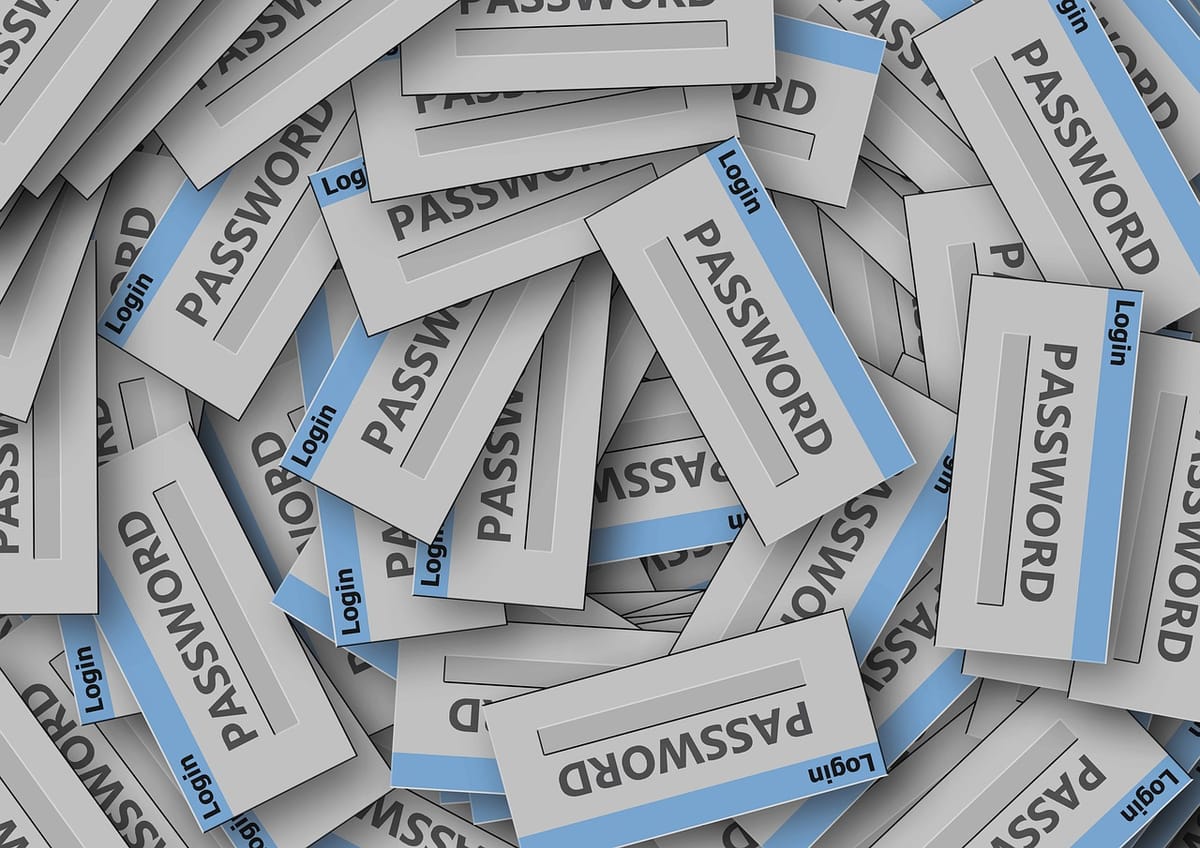Password Rage—What It Is, How To Avoid It

According to a recent Aware survey, more than half of consumers report that having to go through a password reset process has negatively impacted their mood—or even their day—while two out of three actively avoid or dread irritating password reset processes.
“Password rage” describes what happens after someone has endured too much password-related stress or fatigue, such as having to remember different (and long) passwords for every account; being locked out of an account; or having to reset a password or set up a new password-based account in order to purchase something online. Unfortunately, it can drive people to extremes, with more than half of consumers noting they have given up on purchasing a product or service because they couldn’t remember their password.
The best thing to do when suffering from password rage is to walk away from the computer and distract yourself until the anger subsides. Take a walk or a deep breath, and try again later.
If that’s not possible, try to avoid forgetting your passwords in the first place. Come up with a few complex variations of the same password that would be easy for you to remember, but difficult for a hacker to guess. If you absolutely must write this password down, keep it in a sealed, unmarked envelope or a locked desk drawer.
Alternatively, consider using a password manager (which generates strong passwords and stores them all in one encrypted place, alleviating the burden of having to remember individual passwords for every account) or a spreadsheet to keep track of all your passwords. However, as the recent LastPass hack unfortunately demonstrated, these aren’t necessarily the safest or most viable options. What if you forget the password to your password manager or the spreadsheet gets deleted?
As long as passwords are the most common way to secure online accounts, the threat of password rage will be here to stay, since people increasingly rely on online services and mobile apps.




